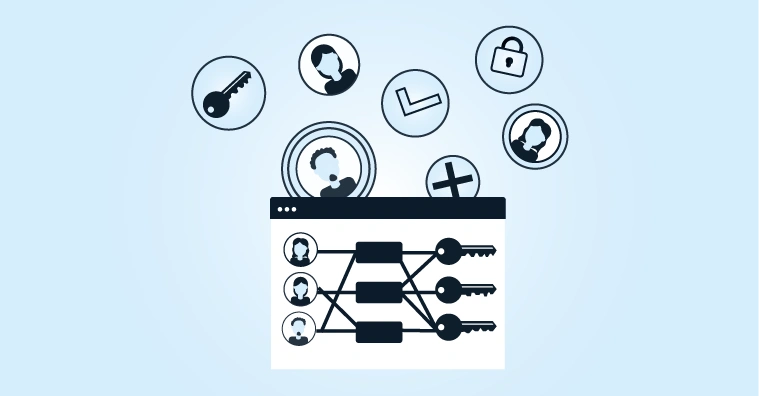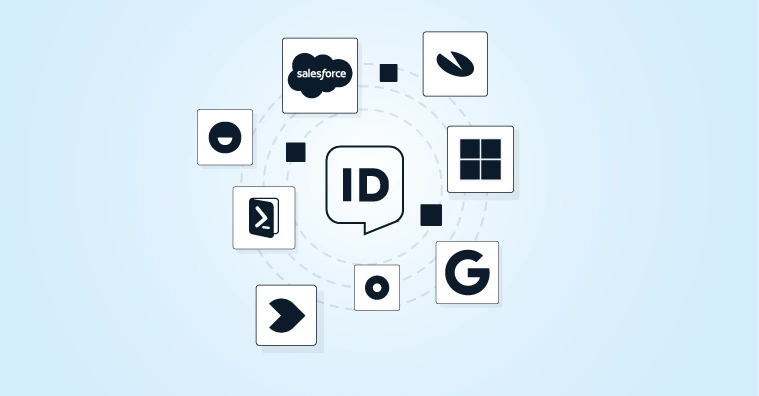USE CASE
Enhancing Operational Efficiency
Achieve efficient business operations through centralised, uniform and automated management of user accounts and access rights.

CHALLENGE
How to Ensure Access Management Does Not Impede Business Operations?
Digital transformation is a top priority for many organisations. Beyond using general software suites such as MS Office, they often rely on specialised, sophisticated solutions such as EPD and planning systems for specific business functions. These point solutions typically feature unique account structures and methods of access. Managing these systems independently can be a barrier to optimising operational processes.
NECESSITIES
Features
HOW IT WORKS
How We Implement Efficient Account and Access Management
7 steps that can each be configured using low-code or no-code solutions
Source system: Integration of HelloID with source systems such as HR, SIS and/or scheduling systems. This way, changes in the source data are automatically available in HelloID.
Business rules: Conversion of data about people/roles from source systems to a common representation within HelloID using an ‘identity vault’.
Target systems: Determining rules that determine which roles are granted which types of accounts and access rights, and under what conditions.
Service processes: Linking HelloID to on-premises and/or cloud-based applications. This can be executed step by step per application.
Serviceprocessen: Automating processes, including online approval flows and activation in target systems. This can be carried out step by step for each process.
Access management: Set up access procedures, such as Single Sign-On (SSO) and Multi-Factor Authentication (MFA), in conjunction with — for example — Active Directory.
Reporting and auditing: Configuring standard and client-specific reports and monitoring functions for analysis and audits.






